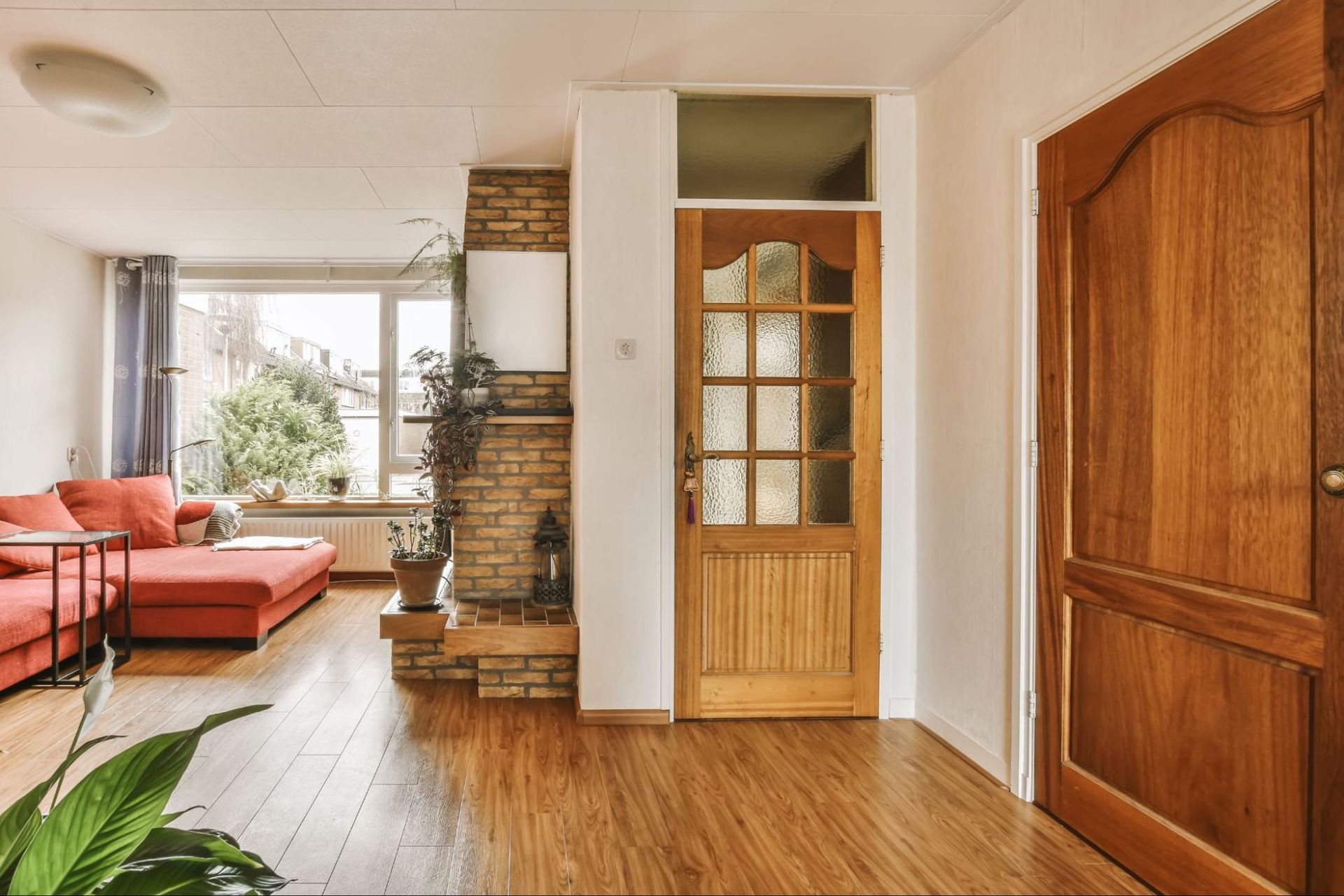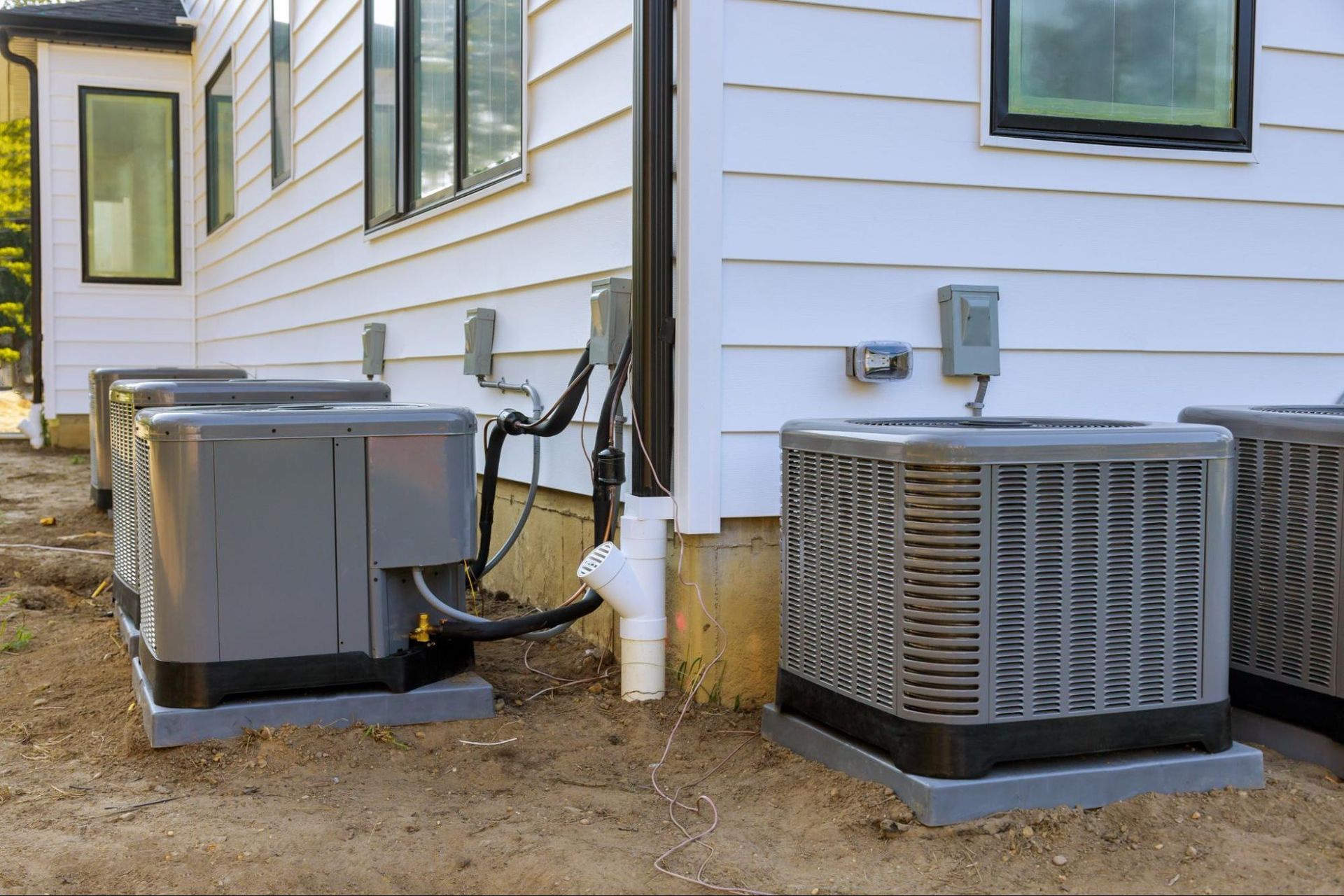How to Choose a Certified ADA Inspector for Compliance
Navigating the world of ADA compliance can seem a bit tricky for property owners, can't it? It’s totally understandable, especially when it comes to finding the right inspectors who really get the ins and outs of the Americans with Disabilities Act. With guidelines that can be a little confusing and evaluations that sometimes don’t match up, it’s no wonder this process can feel a bit overwhelming at times.
Choosing the right certified ADA inspector is super important to make sure that properties are accessible and friendly for everyone! With so much on the line, it’s great to find an inspector who not only has the credentials but also really gets the unique needs of each property. This guide is here to make the selection process a breeze and point out some key factors to think about as you make this important decision!
Importance of Certified ADA Inspectors

Certified ADA inspectors play a vital role in ensuring compliance with accessibility standards. They evaluate properties, identify barriers, and recommend necessary adjustments. An inspector’s expertise guarantees that facilities meet the criteria outlined in the Americans with Disabilities Act.
Role of Inspectors in Compliance
Inspectors carry out comprehensive assessments of public and commercial spaces to ensure they align with ADA guidelines. They examine accessible routes, restroom facilities, parking areas, and signage. Inspectors also prepare detailed reports outlining compliance status and suggested improvements. Selecting a certified inspector guarantees a thorough understanding of regulations and best practices, fostering accessibility for all.
Consequences of Non-Compliance
Non-compliance with ADA standards can lead to significant legal repercussions. Property owners face potential lawsuits, financial penalties, and mandated changes to facilities. Non-compliance also damages an organization’s reputation, impacting customer trust and satisfaction. To maintain a welcoming environment, choosing qualified, certified ADA inspectors is essential for achieving compliance and avoiding costly setbacks.
Key Qualifications to Look For in an ADA Inspector

Choosing the right certified ADA inspector hinges on their qualifications. Understand the essential criteria critical for selecting a competent inspector.
Education and Certification
Inspectors should possess relevant education in accessibility standards and civil engineering. Certification from recognized organizations, such as the International Code Council or the National Association of Accessibility Professionals, indicates proficiency. Inspectors' ongoing education in ADA updates enhances their effectiveness in navigating evolving regulations. Verify their credentials to ensure compliance with national and local accessibility codes.
Experience and Specialization
Inspectors should demonstrate significant experience in ADA compliance evaluations. Look for inspectors who specialize in specific types of properties such as commercial buildings or public spaces. Experience in conducting detailed assessments allows inspectors to identify potential barriers effectively. A comprehensive understanding of local regulations and best practices is essential for ensuring reliable evaluations.
Evaluating Potential Inspectors
Evaluating potential inspectors ensures they meet requirements for ADA compliance and possess relevant expertise.
Questions to Ask During Consultations
- What qualifications do you hold? Confirm the inspector's certifications from recognized organizations such as the International Code Council.
- How much experience do you have in ADA inspections? Inquire about specific property types and sectors they’ve previously assessed.
- Can you outline your assessment process? Understanding their evaluation methodology offers insight into thoroughness and effectiveness.
- What continuing education have you pursued? Ongoing training in ADA updates reflects an inspector's commitment to compliance.
- Can you provide references? Speaking with previous clients helps gauge satisfaction and reliability.
Red Flags to Watch Out For
- Lack of certifications or credentials signals potential inadequacy in knowledge about ADA regulations.
- Vagueness in assessment procedures indicates a possible lack of systematic evaluation.
- Unwillingness to provide references raises concerns about past performance and credibility.
- Pressure to select their services without consultation suggests a focus on sales rather than thorough evaluation.
- Inconsistency in responses to questions may highlight inadequate understanding of ADA compliance standards.
Cost Considerations

Cost plays a significant role in selecting a certified ADA inspector. Factors influencing feesinclude the inspector's qualifications, property size, and complexity of the assessment.
- Experience Level: Inspectors with extensive experience usually charge higher rates due to their expertise and proven track record in ADA compliance.
- Location: Geographic area impacts pricing. Inspectors in metropolitan regions may have different fee structures compared to those in rural locations.
- Scope of Services: Comprehensive evaluations, including detailed reports and recommendations, generally incur higher costs than basic assessments.
- Travel Expenses: Distance from the inspector's location can influence costs. Extended travel often results in added fees, especially for remote properties.
Property owners should request detailed quotes from multiple inspectors, ensuring transparency in pricing. Each quote should itemize services provided, including any additional charges or discounts available. It's crucial to balance cost with the inspector's qualifications and service quality.
Choosing a lower-priced option could lead to inadequate assessments, resulting in compliance issues and further expenses down the line.
Selecting a certified ADA inspector involves understanding various cost factors while prioritizing quality and expertise to ensure comprehensive evaluations and meaningful compliance assistance.
Conclusion
Choosing the right certified ADA inspector is crucial for ensuring accessibility and compliance in any property. By focusing on qualifications experience and a clear understanding of regulations property owners can make informed decisions. This not only helps avoid legal issues but also fosters an inclusive environment for all individuals.
Investing time in the selection process pays off in the long run. A qualified inspector will provide valuable insights and recommendations that enhance accessibility features. With the right support property owners can navigate the complexities of ADA compliance confidently and effectively. Prioritizing expertise and thorough evaluations leads to successful outcomes and a welcoming atmosphere for everyone.
Frequently Asked Questions
What is ADA compliance, and why is it important?
ADA compliance means meeting the standards set by the Americans with Disabilities Act to ensure accessibility for individuals with disabilities in public and commercial spaces. It's important to avoid legal issues, enhance property reputation, and offer equal access to all individuals.
What challenges do property owners face in achieving ADA compliance?
Property owners often struggle to find qualified inspectors who understand the ADA guidelines. Frustrations stem from unclear regulations, inconsistent evaluations, and the complexity of compliance requirements, making the selection of the right inspector crucial.
How can I choose a qualified ADA inspector?
Look for inspectors with relevant education in accessibility standards and civil engineering. Ensure they are certified by recognized organizations. Experience with your specific property type and ongoing education in ADA updates are also key factors in selecting a qualified inspector.
What should I ask during consultations with potential inspectors?
You should ask about their qualifications, experience with similar property types, assessment processes, and ongoing education. It's also wise to request references to gauge their reliability and customer satisfaction before making a decision.
What are the risks of not being ADA compliant?
Non-compliance can lead to serious legal repercussions, including lawsuits and financial penalties. It can also damage an organization’s reputation, causing a loss of customer trust and satisfaction, which can greatly impact business success.
How much do certified ADA inspectors charge?
Fees for certified ADA inspectors vary based on qualifications, property size, complexity of the assessment, and geographic location. It's recommended to obtain detailed quotes from multiple inspectors and consider both cost and quality of services when making a choice.











